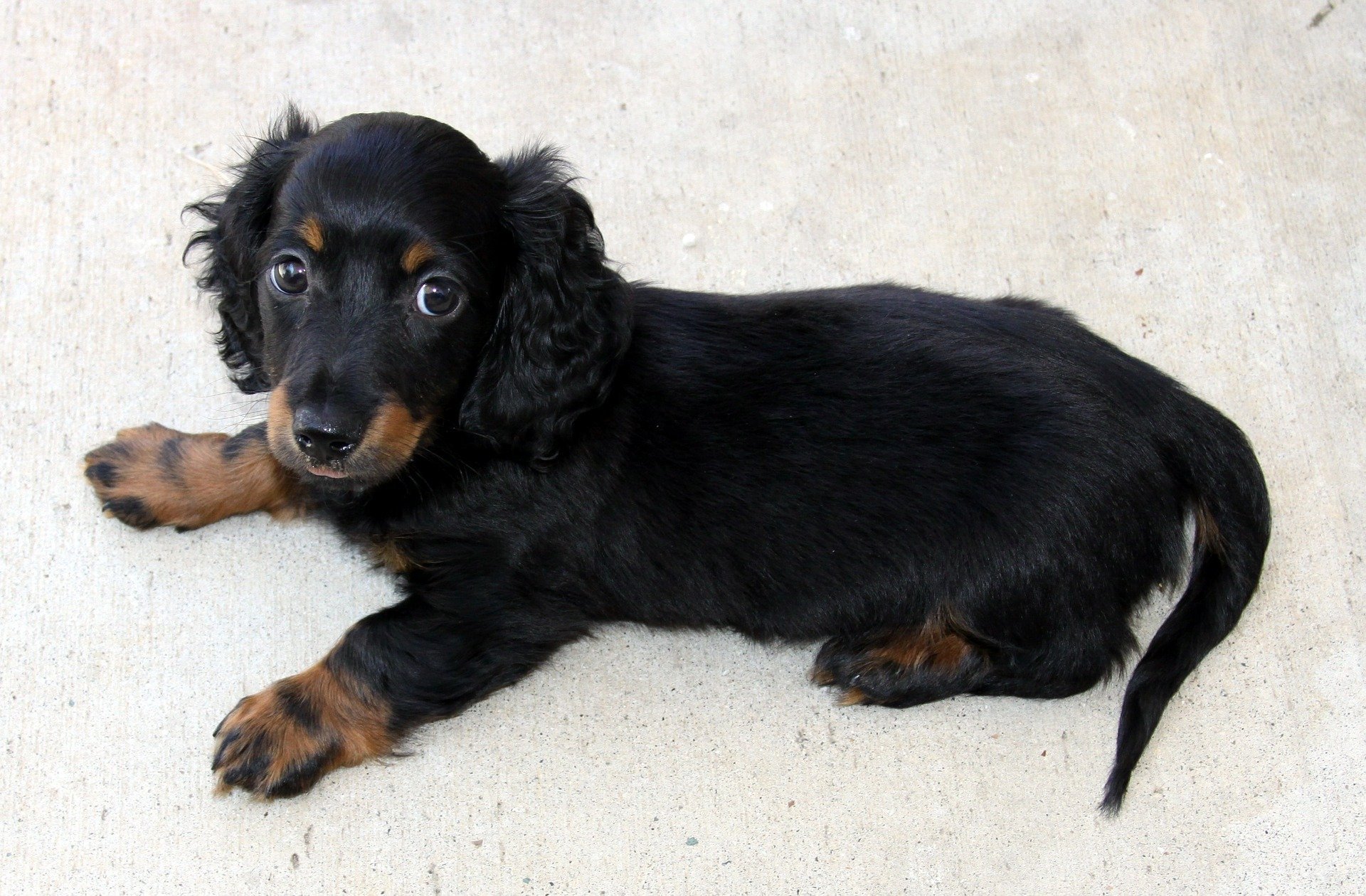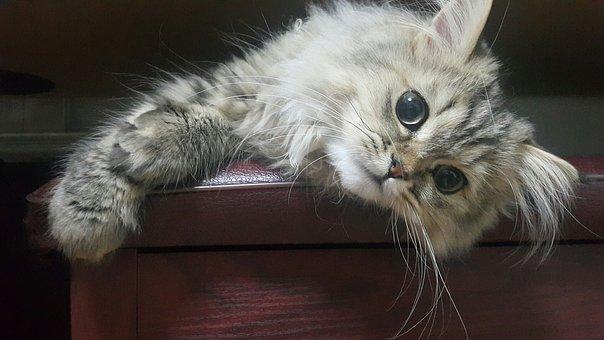The Persian cat breed originated from Persia, which is now part of Iran.
Although not commonly referred to as the Iranian cat but its origin is Iran.
The Persian cat is a popular cat breed among North Americans.
In the US, some local breeders offer Persian cats for sale in Austin, El Paso in Texas, Colorado, Dallas, Jacksonville in Florida, California, Chicago, etc.
Persian Cat was the first breed to appear in a cat show in its native country. Today it comes in two types, traditional and show.
Characteristics
The Persian cats have a cool personalities in the sense that, they are calm, affectionate, and playful, although they choose people they will be friendly with, not everyone.
They have recognized color varieties such as black, brown, cream, silver, white, grey, red, grey blue, and different eye colors like green, yellow, blue, copper, etc.
The Persian cats are medium in size and usually in the range of 8-13 lbs and have a life expectancy of 9 to 14 years in most cases.
The show Persian breed has a big round face with small ears and round eyes with a flat nose.
Their short body is covered with long beautiful silky coat and they also have beautiful eyes.
The traditional breed has less beautiful physical characteristics than the show breed, but their doll face makes them inviting to cat lovers.
Persian cats are gentle and like to be quietly sit on a couch and enjoy the serenity.
It is affectionate to the people who are gentle and kind to the breed and children who may gently comb her hair, etc.
They are not among the highly intelligent cat breeds, however, their calmness does not mean they’re not smart.
A regular meal, a little playing with the cat, and love and kind gestures are all they need.
Persian cat Breeding
Before the beginning of the breeding process of the Persian cat, there are some preparations needed to have a good experience breeding this cat.
Firstly, there’s a need to consult a vet doctor, possibly a Persian cat expert before proceeding and should be able to understand the health status of the kitten to avoid more complications during the growth stage and in adulthood.
Proper documentation as proof for purebred Persian is a must.
Male and female cats must not be related which can cause genetic problems in the kittens.
A thorough medical check-up for inherited disease and heat cycle is a must.
The female must be one year old at the time of mating and can be introduced to a male cat once a day for several days to ensure the pregnancy.
The mother cat gives birth 60 days after conception.
The dam and the kittens must be taken care of and if required can serve medication.
Feeding Persian Cats
Persian cats must be served wet food, dry food can cause several health problems for them.
Food with high omega-3 fatty acids from fish sources maintains the silky nature of the coat.
The Persian cat eats small meals several times a day. They like homemade cat food and a raw diet.
They can consume protein in many forms like chicken, turkey, fish, and other types of seafood.
Some commercial high-quality canned food is also good for them such as Blue Wilderness Cat Food, Royal Canin Persian, Blue Freedom, etc.
A diet with low carbohydrates, high moisture, and highly digestible protein is perfect for Persian cats.
Care and Health
Daily grooming is a must for Persian cats. To maintain the tangle-free softness and silky nature of the long fur coat a gentle combing with a soft brush is required every day and a bathing atlas once a month keeps them fresh and clean.
Eyes must be cleaned every day as excessive tearing is one of the traits of this breed.
Weekly brushing with a vet-approved pet toothpaste to restrict periodontal disease is a must.
It is better to keep a Persian as an indoor-only cat. Nails can be trimmed as required.
Persian cats suffer from genetic hereditary health issues such as
- Polycystic kidney disease (PKD)
- Progressive retinal atrophy (PRA)
- Hypertrophic cardiomyopathy (HCM)
- Bladder stones
- Cystitis (bladder infections), and liver shunts.
Proper medication and prior prevention before breeding can restrict these diseases.
Some health problems related to their facial structure can be often seen.
They can suffer from breathing difficulty, Dental malocclusions, heat sensitivity, eye problems, etc.
Cleaning and medication are required to cure the breed.







